As Boston Marathon finishers nurse their post-race knees this week, we’re reminded that knee pain doesn’t discriminate between elite athletes and weekend warriors. Whether you’re crossing finish lines or simply trying to climb stairs without wincing, this guide is for you.
Have you ever felt that nagging pain behind your kneecap that gets worse when you’re climbing stairs or after sitting for too long? That grinding sensation when you bend your knee? The stiffness that makes you feel decades older than you are? If so, you might be dealing with chondromalacia patella – also known as “runner’s knee” – and I want you to know you’re not alone.
As a bodywork therapist, I’ve seen the frustration this condition causes firsthand. My client Marcus came to me after being told by multiple doctors that he should “just rest” or “maybe try some ice.” He was a dedicated runner preparing for the Boston Marathon when the pain started, and the thought of giving up his training was devastating.
The good news? Bodywork therapy gave Marcus solutions beyond just “take it easy,” and I’m excited to share how these techniques might help you too.
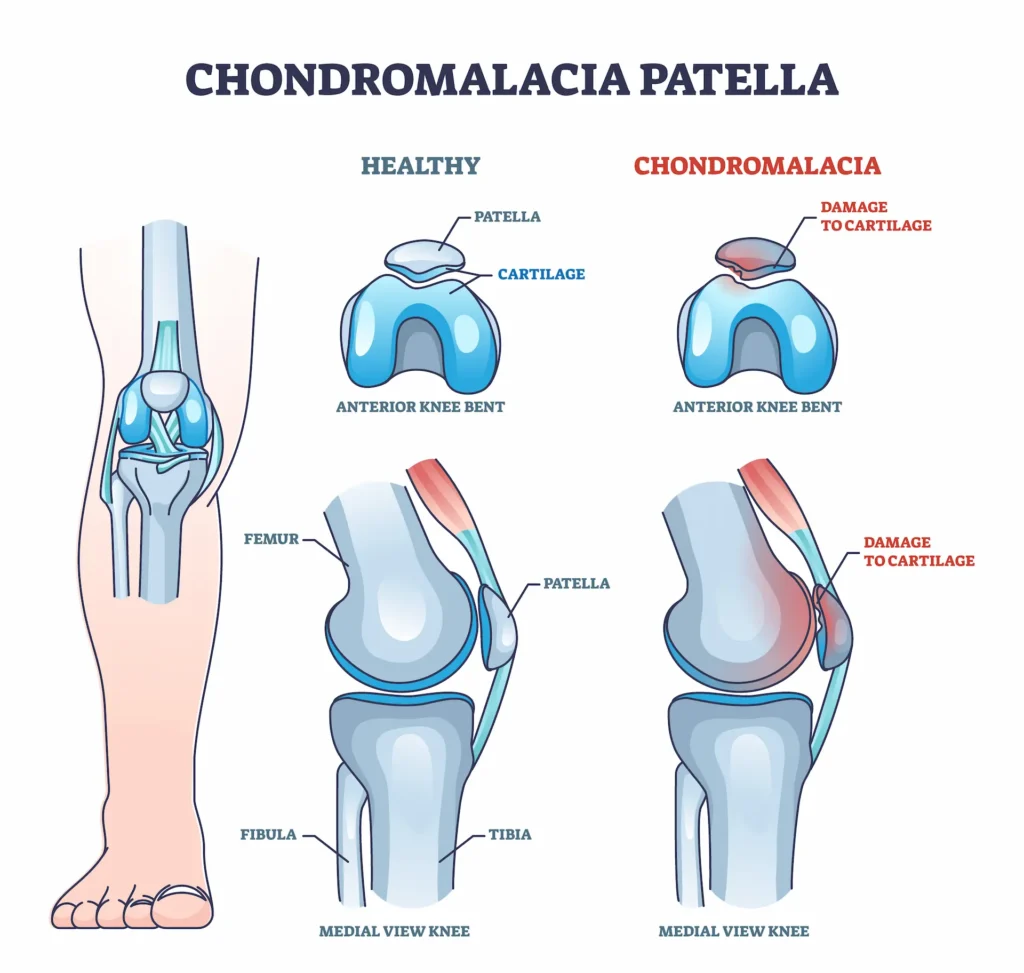
Before diving into treatment options, let’s break down what we’re dealing with in simple terms.
Chondromalacia patella (runner’s knee) refers to the softening and wearing down of the cartilage underneath your kneecap. This cartilage normally helps your kneecap slide smoothly over your thigh bone when you bend and straighten your leg. When it becomes damaged, you feel pain, grinding, and sometimes swelling.
Runner’s knee can develop for several reasons:
One thing I’ve learned is that no two knee issues are exactly alike. The runner’s knee that develops from training for marathons needs a different approach than knee pain stemming from how your body is naturally built.
Regular treatments for knee pain often focus only on the knee itself – rest, ice, compression, elevation (RICE), pain medications, and perhaps exercises to strengthen the thigh muscles.
These can help, but they miss the bigger picture. Your knee doesn’t work by itself – it’s connected to everything else. Problems in your feet, ankles, hips, or even your back can lead to knee pain. This is where bodywork therapy comes in.
Bodywork therapy doesn’t just treat your pain – it fixes what’s causing it. By working with the tissues, muscle connections, and joints throughout your body, we can restore proper movement, release tight muscles, and create real, lasting improvements.
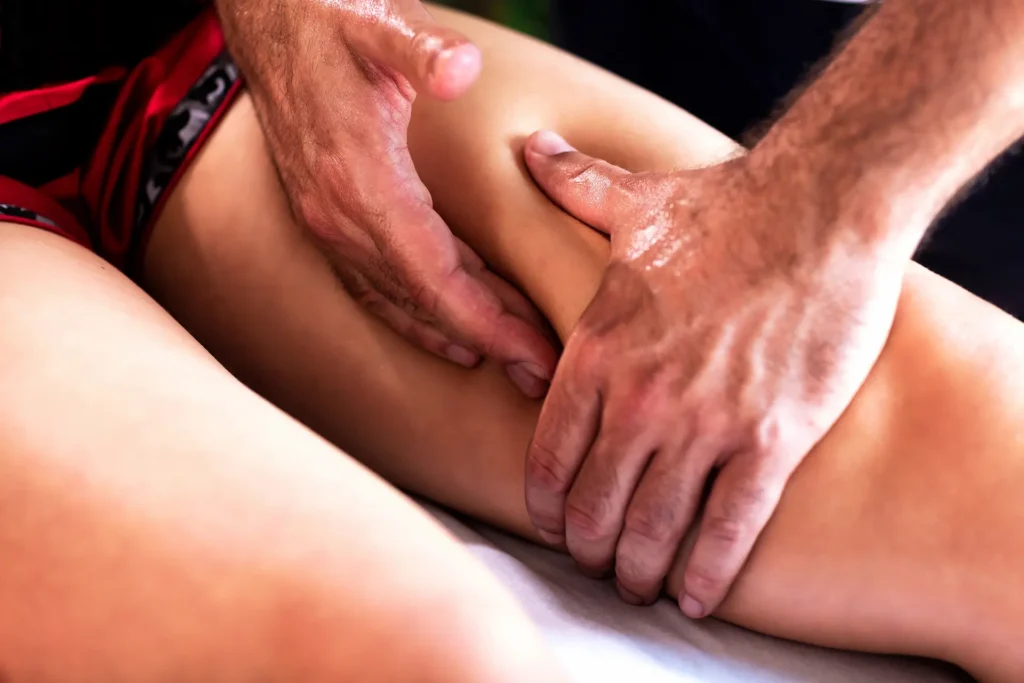
Let’s look at what works best:
Fascia is the connective tissue that wraps around all your muscles and organs. When fascia gets tight or stuck, it can pull your kneecap out of proper alignment.
My client Sonya got runner’s knee after having a baby. Her posture changed, creating tight areas in her legs that messed with her knee movement. By using gentle, sustained pressure (what we call myofascial release) on her thigh muscles, IT band (outside of thigh), hamstrings, and calves, we freed up these tight spots and dramatically reduced her pain in just a few sessions.
This hands-on technique works really well for:
Trigger points are tight, tender knots in muscles that can send pain to other areas. With runner’s knee, knots in your thigh muscles can cause or worsen knee pain.
We apply direct pressure to these spots to release them. The relief can be immediate. I’ve had clients who couldn’t climb stairs for months suddenly moving with much less pain after just one session targeting these key points.
Joint therapy focuses on restoring normal movement between your joints. With runner’s knee, the spot where your kneecap meets your thigh bone often doesn’t slide like it should.
Using gentle hands-on techniques, we can help your kneecap track better and reduce grinding on the damaged cartilage. This really helps people whose knee pain comes from how they’re built or from old injuries that changed how their knee works.
My client Tom, a former college football player with multiple knee injuries, came in with a kneecap that barely moved when he bent his leg. Through careful hands-on work, we got better movement and gave his cartilage the space it needed to heal.
Cupping can be surprisingly helpful for runner’s knee by:
I use both stationary cupping (placing cups and leaving them) and moving cups across tissues to address different aspects of the problem.
The marks left by cupping might look weird to some people, but my clients who feel the improvement in their pain and movement quickly become fans.
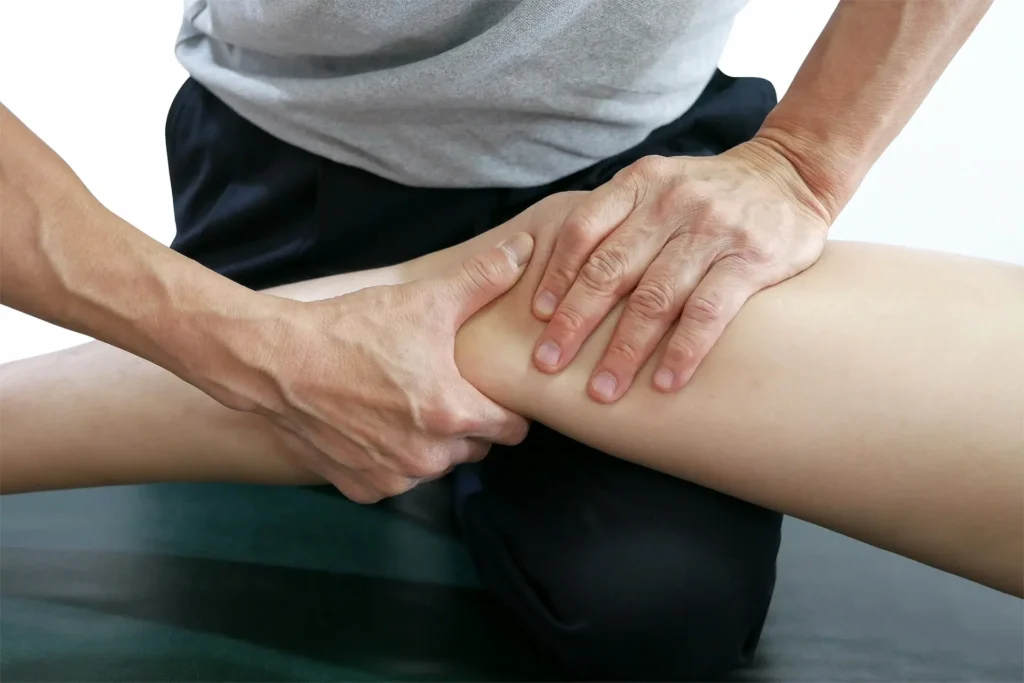
Now let’s talk about how we combine these techniques into a complete plan. I typically treat runner’s knee in three stages:
When you’re really hurting, our first goal is to give you relief. During this stage, I focus on:
Once your pain is less intense, we can focus more on the underlying issues:
As you improve, we’ll focus on maintaining your progress and preventing the problem from coming back:
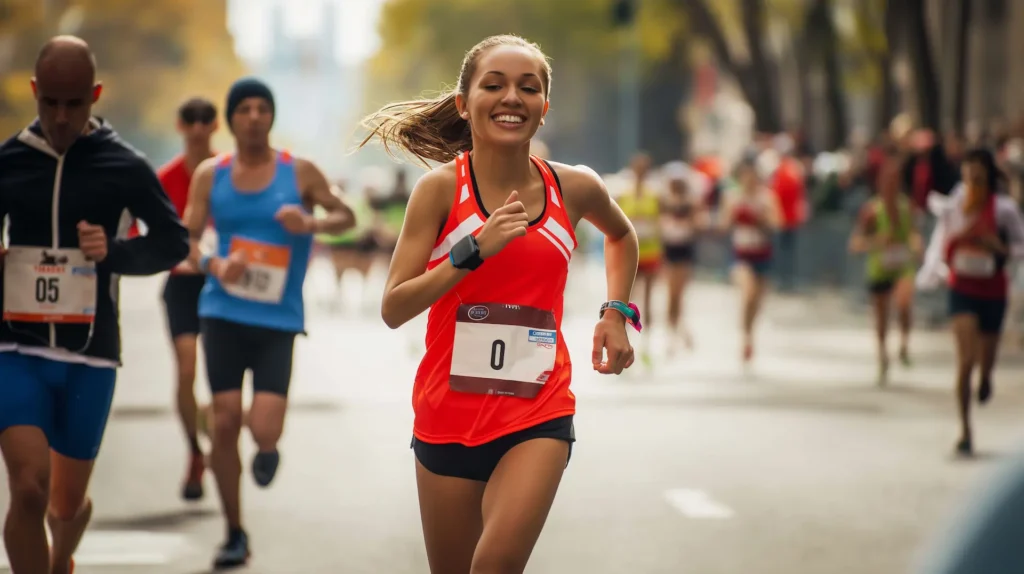
With the Boston Marathon just wrapping up, I should mention that some of my most rewarding work has been helping runners finish races they thought knee pain would keep them from.
Last year, I worked with three Boston Marathon runners dealing with various levels of runner’s knee. All three crossed the finish line after following a complete bodywork plan in the months before the race.
But you don’t need to be running 26.2 miles to benefit from these approaches. Some of my happiest clients are people who simply wanted to walk their dog without pain or play with their grandkids without thinking about their knees.
There’s a lot you can do on your own to help:
I give all my clients with runner’s knee specific self-care tips tailored to their situation. These might include simple releases using a foam roller or gentle movements they can do at home.
While everyone’s different, most people with runner’s knee notice some improvement within 2-3 sessions. Bigger changes typically happen within 6-8 weeks of consistent treatment.
For problems you’ve had for years, it might take longer, but getting better is still possible. I’ve worked with people who’ve had runner’s knee for years who still got significant pain relief and better function.
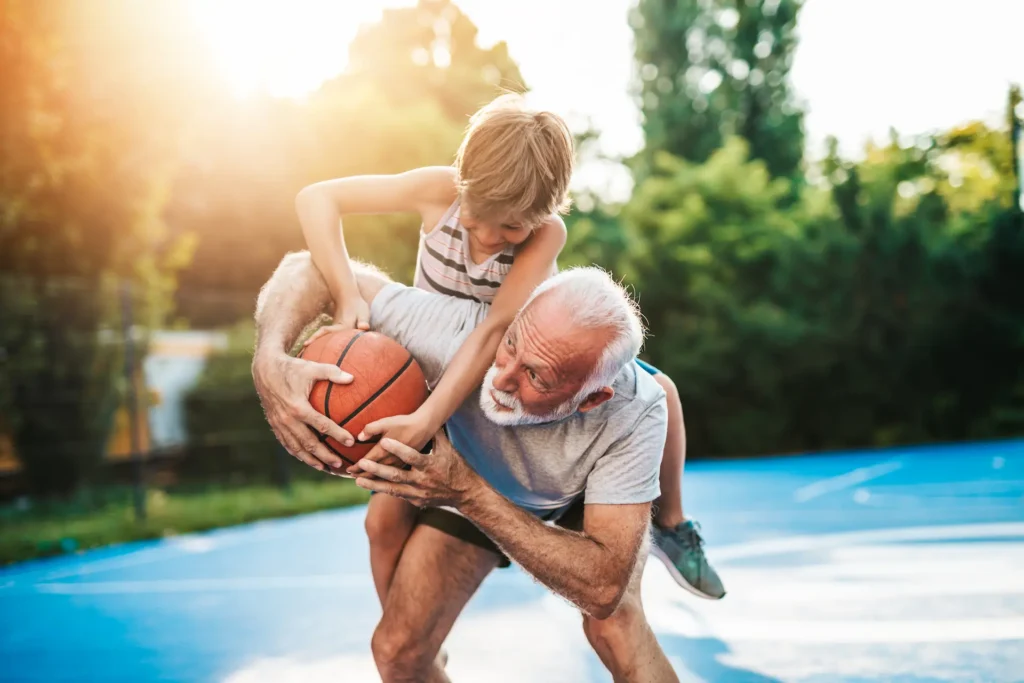
Living with knee pain isn’t something you just have to accept. Runner’s knee responds really well to skilled bodywork therapy, especially when that therapy addresses not just your pain but what’s causing it.
Whether you just finished the Boston Marathon with aching knees or you’ve been struggling with everyday activities because of knee pain, the team at Bodywork Masters is here to help. Our therapists are experts at treating knee problems using proven techniques tailored just for you.
Don’t wait until the pain forces you to give up activities you love. Contact Bodywork Masters today to schedule your session today and take the first step toward healthier, happier knees.